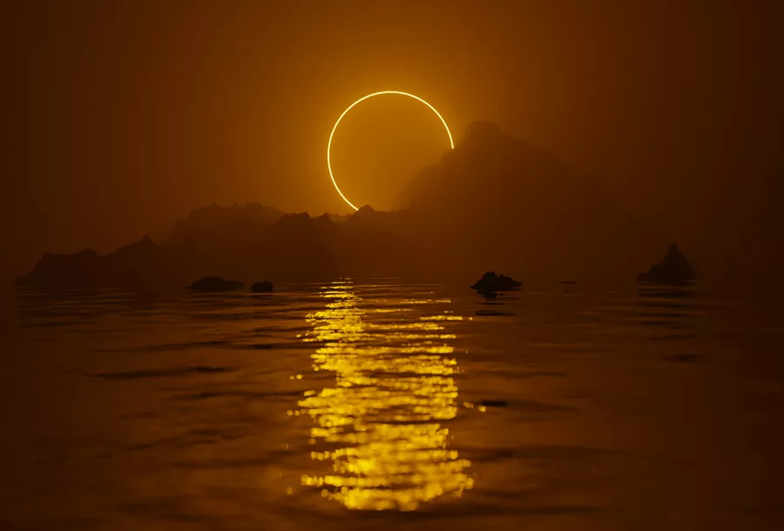What you need to know about the total eclipse on April 8

Millions of people in North America along a path from Mexico to the United States and then Canada will witness a total solar eclipse that will occur on April 8.
According to astronomers, this eclipse will dazzle spectators with a unique “ring” caused by explosions and flares emanating from the sun.
April 8th eclipse
According to NASA, the eclipse will begin on April 8 over the South Pacific Ocean, and its path will reach the Pacific coast of Mexico at approximately 11:07 a.m. Pacific time before entering the United States in Texas.
Its path will then pass through Oklahoma, Arkansas, Missouri, a very small part of Tennessee, Illinois, Kentucky, Indiana, Ohio, and a small area of Michigan, Pennsylvania, New York, Vermont, New Hampshire, and Maine.

The path then enters Canada in Ontario and travels through Quebec, New Brunswick, Prince Edward Island and Cape Breton, and exits from continental North America on the coast of Newfoundland on the Atlantic Ocean in Canada, at 5:16 pm Newfoundland time.
The partial eclipse is scheduled to be visible to people in all 48 contiguous US states.
The difference between annular and total eclipses
On October 14, people along the route from the Pacific Northwest across Mexico, Central America, Colombia and Brazil witnessed an annular solar eclipse, a slightly different event.
An annular solar eclipse occurs when the Moon passes between the Sun and Earth when the Moon is at or near its farthest point from our planet.

Therefore, it does not completely cover the sun, leaving what looks like a “ring of fire” in the sky.
The possibility of watching the eclipse safely
Experts warn that it is unsafe to look directly into the bright sun without using specialized eye protection designed for looking toward the sun's rays.
According to these experts, viewing the eclipse through a camera lens, binoculars, or telescope without using a special solar filter can cause serious eye injury.
Experts advise using safe sunglasses, noting that regular sunglasses are not safe for viewing the sun.
The only moment when eye protection can be safely removed is during a total solar eclipse which is the brief time during which the Moon completely obscures the Sun's surface.
Source: websites

